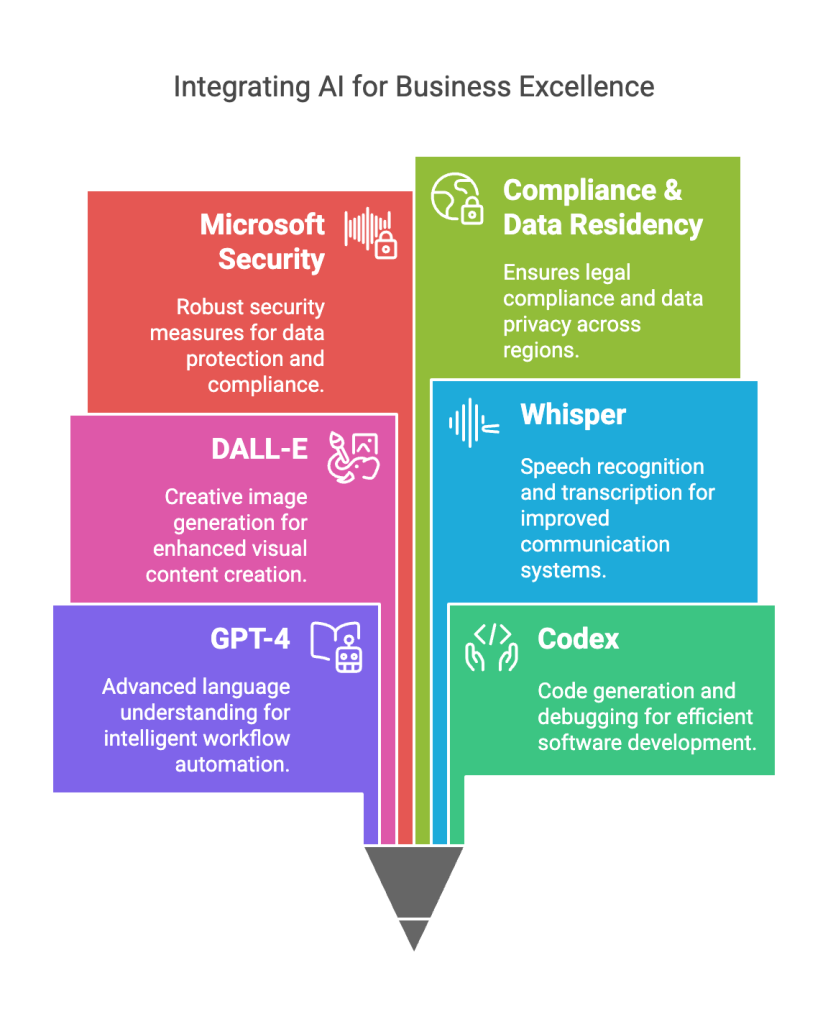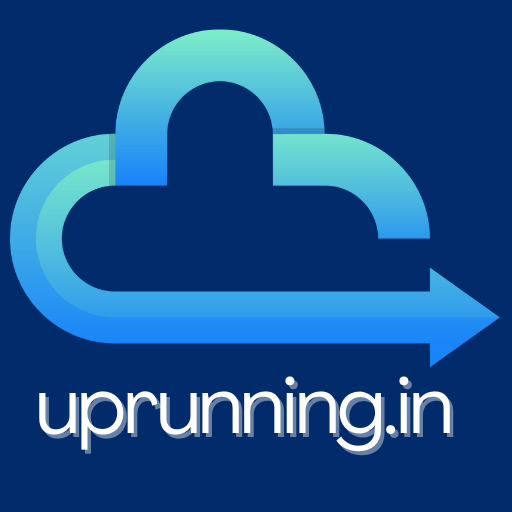Azure AI Foundry is designed to give enterprises the tools they need to build production-ready AI applications with speed and scale. At the heart of this ecosystem lies one of its most powerful components: Azure OpenAI Service.
In this post, we’ll explore how Azure OpenAI Service fuels Azure AI Foundry with state-of-the-art language models like GPT-4, and how developers and businesses can harness this synergy to build intelligent, secure, and high-impact applications.
🧠 What is Azure OpenAI Service?
Azure OpenAI Service provides API-based access to powerful language models developed by OpenAI, including:
- GPT-4 / GPT-3.5
- DALL·E 3
- Whisper (speech to text)
- Embedding models for search and ranking
These models can be used directly or adapted within Azure AI Foundry to power generative AI copilots, automation, and analytics.
🧱 How It Fits into Azure AI Foundry
Azure AI Foundry acts as a development and orchestration layer, while Azure OpenAI provides the cognitive engine.
| Layer | Purpose |
|---|---|
| Azure AI Foundry | Workflow design, prompt flow, integration |
| Azure OpenAI Service | Model inference (e.g., text, vision, embeddings) |
💡 Think of Azure OpenAI as the “brain,” and Foundry as the “body” that connects the brain to real-world enterprise systems.
🔄 Common Integration Patterns
✅ 1. Prompt Flow + GPT-4
Create prompt chains, evaluate multiple outputs, and integrate business logic.
Example:
Generate executive summaries of financial reports using GPT-4, grounded in internal documentation.
✅ 2. RAG with Azure AI Search + GPT-4
Use Azure AI Search to index your enterprise data and feed it into OpenAI models using Retrieval-Augmented Generation (RAG).
Example:
A legal copilot that references case files, policies, and SOPs for context-rich responses.
✅ 3. Embedding + Semantic Search
Generate embeddings using OpenAI’s embedding model, store them in a vector index, and perform similarity search.
Example:
An HR assistant that finds the most relevant HR policies based on natural language questions.
✅ 4. Vision and Speech Integration
Combine DALL·E, Whisper, and GPT models for multimodal workflows.
Example:
A field technician assistant that transcribes verbal issues, analyzes equipment images, and suggests solutions.
🛡️ Enterprise-Grade Security and Compliance
Azure OpenAI Service integrates seamlessly with Azure security:
- Private Networking: Deploy GPT models in a virtual network
- Azure AD Authentication: Control access with RBAC
- Usage Monitoring: Track API consumption and errors
- Content Filtering: Monitor for inappropriate or unsafe output
- Governance: Log all interactions for audit and compliance reviews
🧪 Real-World Use Case: Customer Support Copilot
A telecom enterprise used Azure AI Foundry + OpenAI GPT-3.5 to build a customer service copilot that:
- Parses and summarizes support tickets
- Recommends responses for agents
- Classifies issue types for routing
- Logs interactions for compliance
The model reduced average response time by 45% and boosted customer satisfaction by 20%.
📊 Visualizing the Integration
Let’s break down how Azure OpenAI Service integrates within Azure AI Foundry:Image created

![]()

Leave a Reply